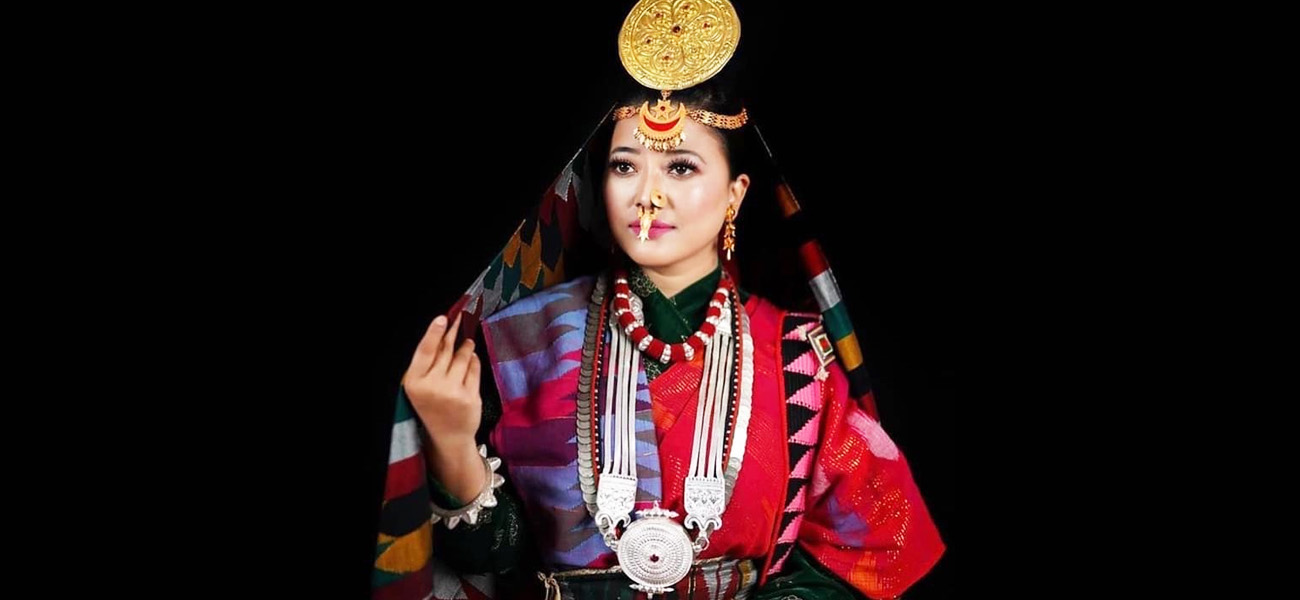Limbu, a Tibeto-Burman language, is spoken by over 450,000 people in Nepal and neighboring regions. Their literature, rich in oral traditions and folk tales, reflects their connection to nature, ancestral spirits, and the importance of community.
The Limbu language belongs to the Tibeto-Burman languages, primarily spoken in the eastern Himalayas. It is predominantly found in the Limbuwan region of eastern Nepal, with pockets of speakers extending into India and Bhutan. While its exact origins remain debated, it is believed to have developed over centuries within the Limbu community, reflecting their distinct cultural and social practices.
The Limbu language exhibits unique phonological and grammatical features. It boasts a rich system of tones, with five distinct tones affecting the meaning of words. Its phonetic inventory is robust, featuring complex consonant clusters and vowel combinations. Morphologically, Limbu is an agglutinative language, with words formed by adding suffixes to a base. This intricate system of prefixes and suffixes allows for nuanced expressions and conveys intricate meanings through subtle variations.
Limbu language faces challenges despite being closely intertwined with Limbu identity and culture. In Nepal, Nepali, the national language, enjoys a dominant position, impacting the use of Limbu. The spread of Nepali education and media has influenced code-switching amongst Limbu speakers, particularly younger generations. This phenomenon, coupled with migration for economic opportunities, threatens the language’s vitality and transmission.
The Limbu community is actively working towards preserving their language. Researchers and linguists are documenting Limbu language through dictionaries, grammars, and oral history recordings. This effort aims to understand the language’s structure and document its vast vocabulary, including traditional knowledge.
Initiatives are underway to introduce Limbu language education in schools, particularly in Limbuwan regions. This approach aims to enhance literacy and instill a sense of pride in the language among younger generations.
Community-based initiatives focus on promoting Limbu culture, including music, dance, and traditional practices, which inherently reinforces the use of the language.
The use of social media and online platforms has enabled the creation of Limbu language learning materials and cultural content, making the language accessible to a wider audience.
The Limbu language is a testament to the rich cultural heritage of the Limbu people. Its present state reflects the dynamism of language in a multilingual society. While facing challenges, the efforts towards its revitalization are crucial for preserving cultural identity and fostering linguistic diversity in Nepal. As the Limbu community navigates the complexities of modernization and globalization, the future of their language hinges on their commitment to its preservation and active engagement in promoting its use within their communities.

